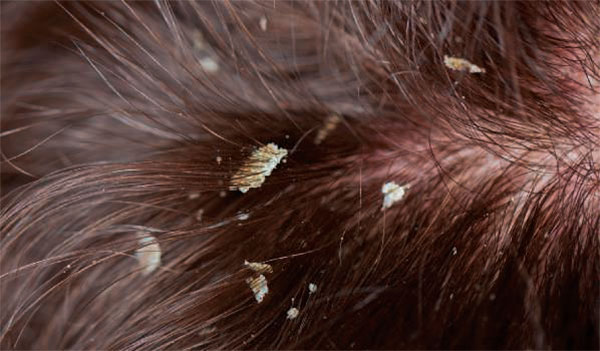Understanding and Managing Dandruff: An In-depth Guide for Cosmetologists
Dandruff is a common scalp condition that affects a significant portion of the population. While it may seem like a trivial concern, it often causes emotional distress and self-consciousness. As a cosmetologist, recognizing the symptoms, understanding the causes, and knowing how to guide your clients are crucial. This comprehensive article aims to shed light on the different aspects of dandruff, known medically as Pityriasis, and how to manage it effectively.

What is Dandruff?
Dandruff is medically known as Pityriasis and is characterized by excessive shedding of skin cells from the scalp. This shedding is often visible as white or grey flakes in the hair and on the shoulders. Symptoms may include redness, itching, and dryness of the scalp.

Key Causes
The leading cause of dandruff is a naturally occurring fungus called Malassezia, which feeds on the oils present on the human scalp. When it proliferates excessively, it can lead to irritation, redness, and increased shedding of skin cells. Stress, environmental pollution, and seasonal changes can also exacerbate dandruff.
Types of Dandruff
There are two principal categories:
Pityriasis Capitis Simplex
- Characteristics: This is what most people identify as classic dandruff—scalp irritation, large flakes, and an itchy scalp.
- Management: Over-the-counter antidandruff shampoos, conditioners, and topical lotions containing antifungal agents like pyrithione zinc, selenium sulfide, or ketoconazole are effective. Regular application is vital for symptom control.
Pityriasis Steatoides
- Characteristics: This is a severe form of dandruff, presenting with greasy or waxy scales mixed with sebum that adhere to the scalp. In infants, this condition is known as cradle cap.
- Associated Conditions: This may escalate into seborrheic dermatitis, which includes redness and inflammation and may extend to eyebrows or beards.
- Management: Antidandruff shampoos may offer some relief, but severe conditions require medical intervention.
Guidelines for Cosmetologists
Recognizing Symptoms
- Color of the Skin and Flakes: Pityriasis steatoides and its escalation into seborrheic dermatitis often manifest as a rash. Avoid performing services on clients exhibiting these symptoms.
Treatment Recommendations
- Mild Conditions: Recommend over-the-counter antidandruff shampoos suitable for the client’s hair type. These shampoos are often gentle enough for daily use.
- Severe Conditions: Refer clients with severe symptoms or those exhibiting signs of seborrheic dermatitis to a healthcare provider for specialized treatment.
What Not to Do
- Avoid Aggravation: Don’t use products that might irritate the scalp further, such as those containing alcohol or strong fragrances.
Conclusion
Dandruff is more than just a cosmetic issue; it often affects a person’s self-esteem and social interactions. As a cosmetologist, you are often the first line of ‘defense’ against such conditions. Therefore, your role in recognizing and providing initial guidance is indispensable. It’s important to remember that while you can advise and provide cosmetic relief, you cannot replace the diagnosis and treatment provided by healthcare professionals. Always recommend a healthcare consultation for severe or persistent symptoms.
Disclaimer: This article is for informational purposes only and should not be considered as medical advice. Clients with severe symptoms should always consult a healthcare provider for diagnosis and treatment.
For more information, consult your healthcare provider or a board-certified dermatologist.






